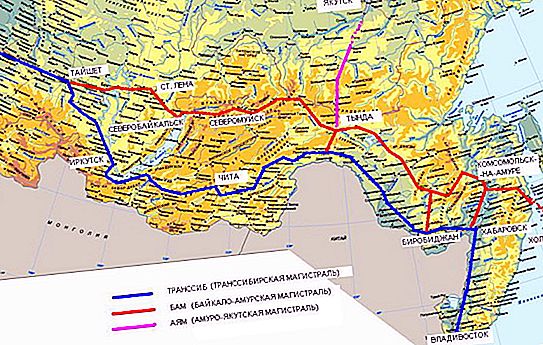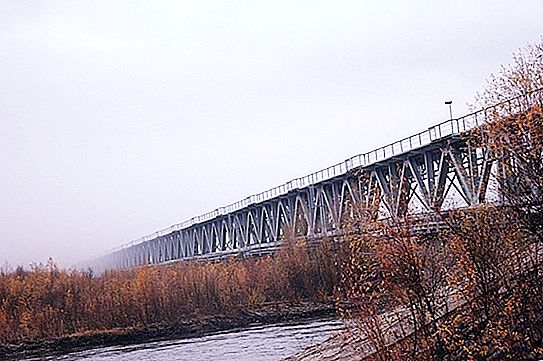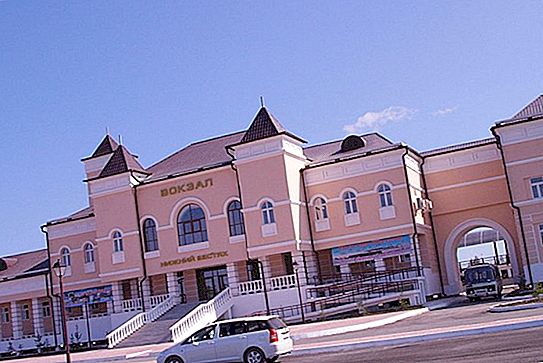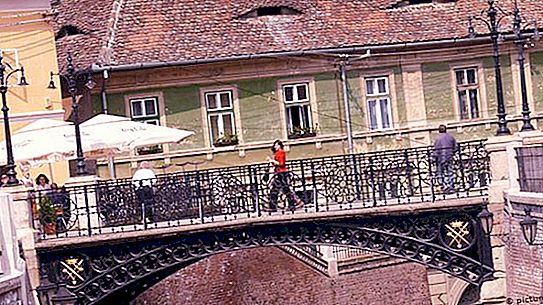The railways of Yakutia are in fact one railway line. But it is extremely important for the region. Its other name is the Amur-Yakut Railway. There are other definitions. The same phrase also refers to JSC AK Railways of Yakutia, which was created to guide the construction and operation of this highway. The opening date of this department is October 2, 1995. In the future, the number of railways in the region may increase, which will make this republic the largest Russian region with developed rail connections.
Yakutsk railway
The idea of building the world's longest railway, which would connect Russia with the United States and Canada, has been discussed for a long time. The biggest technical problem on the way to their implementation is the narrow water isthmus that separates Chukotka from Alaska. There are also such difficulties as harsh climatic conditions, low population density, high capital costs and others. Political tensions between Russia and America also impede the implementation of this ambitious project. However, the first section of a possible new route is being built based on the internal interests of our country. It was called the Amur-Yakut Railway.
Highway Features
At the moment, the main goal of the railway is to improve transport links between Yakutia and Siberia. A new line connects the Trans-Siberian railway with Baikal-Amur and then goes north - to Yakutia (the Lena River basin). The relief is quite complex, mountainous, harsh conditions, and permafrost around. The northern part of the route was recently under construction. Now passenger traffic is carried out to the station Tommot, which is located on the banks of the river. Aldan in South Yakutia. 450 km remain to the final planned station in Yakutsk. For the most part of this section, freight transport is already underway.

The railway has been under construction since 1985 and has the abbreviation AYAM. Officially, it is called the Berkakit-Tommot-Yakutsk railway line. Its total length is 900 km. Also, by AJAM they mean the entire railway route from the city of Amur to Yakutsk.
Railway History and Future Plans
Discussions about the need to lay a railway line to Yakutia have been going on since the 50s of the 20th century, and the construction itself was started on 05/05/1972. First, a section was opened that connected the two largest railways of Russia: BAM and Transsib. Further north, the railway began to be built since 1985. In 2012, Dmitry Medvedev visited the construction site.
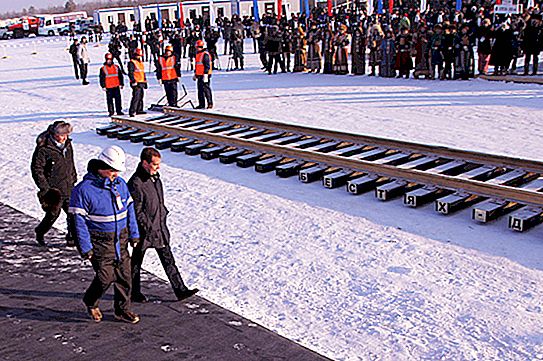
In the second half of 2019, it is planned to launch the Berkakit - Nizhny Bestyakh section, which was previously supposed to be opened by the end of 2017. In this case, there will be very little to Yakutsk. According to other sources, there is already a railway message.
There were also plans to build a railway from Nizhny Bestyakh to Magadan, which are likely to be implemented before 2030. If implemented, this will be the second step towards the implementation of a project (still hypothetical) to establish regular land transport links between Russia and America.
The Amur-Yakut Highway is the largest project of the last three decades and will solve the problem of cargo delivery to the capital of Yakutia, as well as improve the general transport situation in the country.
Natural conditions
The Amur-Yakut railway looks like a single-track non-electrified rail line lost in the mountain taiga. Perhaps, thanks to this, the construction project is considered not the most expensive per 1 kilometer of the way. The climate in this region is very severe. Here, it is one of the highest climatic loads in the country, associated with an extreme degree of continentality (up to 100 degrees of the annual temperature range and large daily differences), winter frosts sometimes below -50 ° C, the presence of permafrost, which forces freezing of certain areas in summer. At the same time, the construction did not cause any noticeable harm to the environment, which is clearly visible in the photo.
The benefits of the railway
In addition to the delivery of goods and passengers to Yakutia, the new railway line will contribute to the development of these harsh areas. In Yakutia, various minerals have been discovered, primarily coal, oil and gas (the basis of the Russian economy). The living conditions of people in Yakutia will improve. Timely delivery of goods will reduce the risk of shortages of goods, fuel and products in extremely cold winters. This transport artery will have a positive impact on the development of the economy of the Far East, especially after the implementation of the project for the construction of the next section to Magadan, where various minerals have also been discovered.
The year 2014 turned out to be the most significant for the region, when the already constructed section made it possible to switch from unstable and expensive river transport to cheaper - rail. This made it possible to increase the reliability of the delivery of fuel and food to people.
Possible cons
Possible negative consequences of the construction of the highway are the risk of increased deforestation, an increase in the number of human-related fires and more active export of resources (including forests) to China. Of course, they are not comparable with the positive effects, but they can not be ignored either. Indeed, even now cutting down and fires are leading to the shallowing of the largest Siberian river Lena. At the same time, the presence of a railway line can accelerate the delivery of extinguishing equipment.
